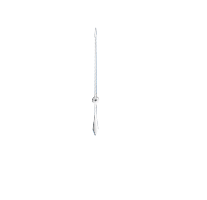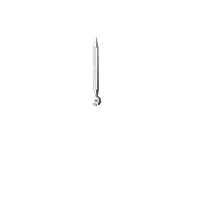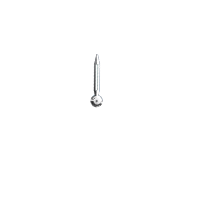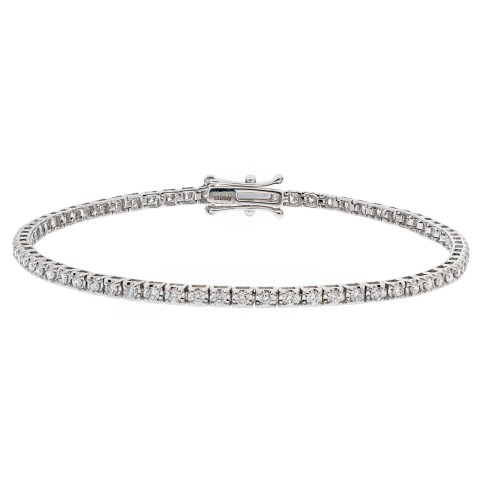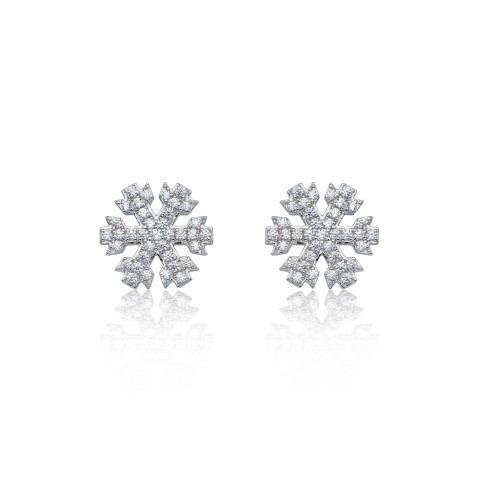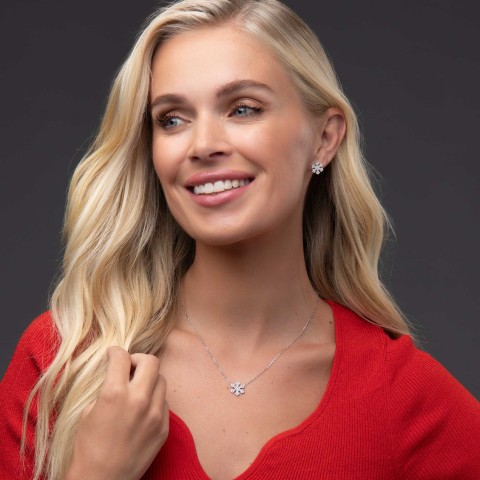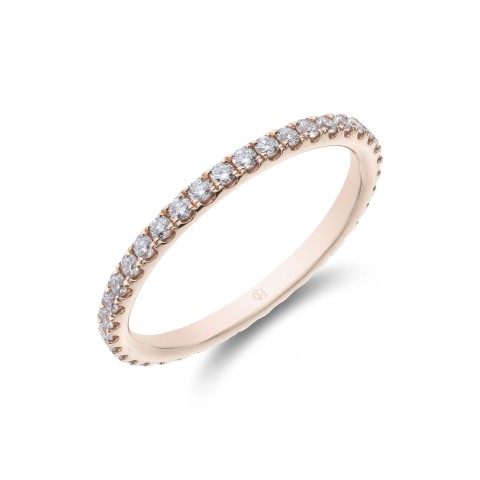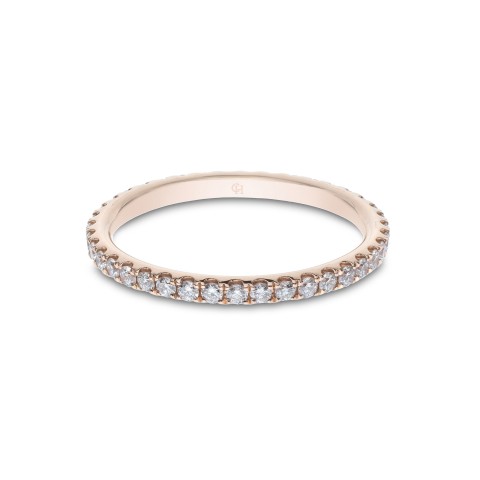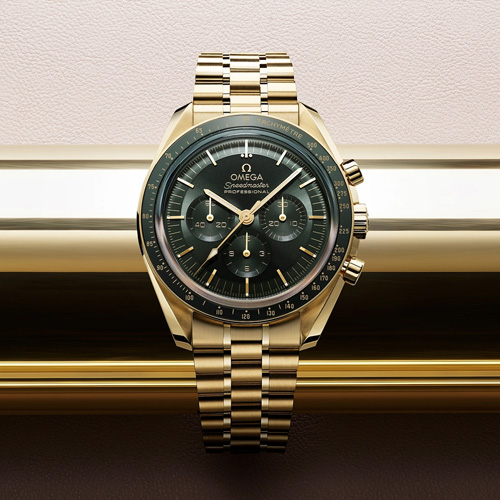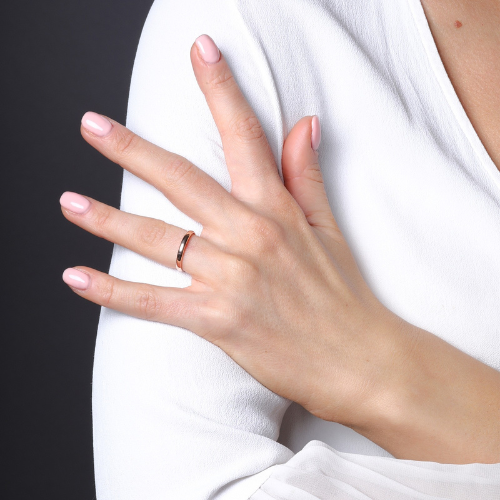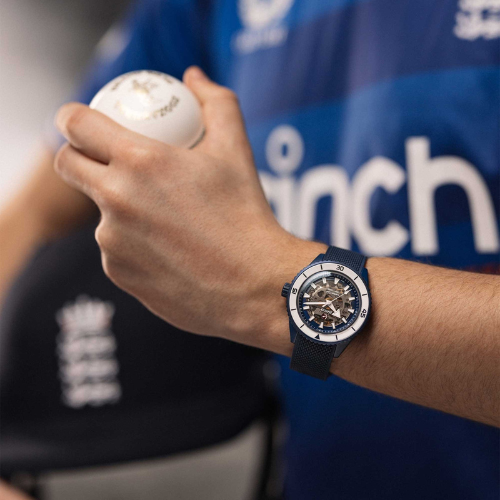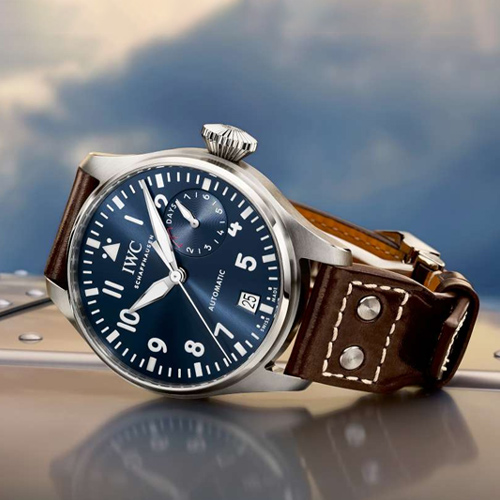Understanding Diamonds: The 4 C's
- By Harrison Brown
- 23 Apr 2024

Until the mid-20th century, there was no internal standard for judging the overall quality of a diamond. The Gemmological Institute of America (GIA) created the first globally accepted criteria for describing and measuring the quality of diamonds. In this quick guide, we answer all your diamond questions to make sure you pick the perfect stone for those all important pieces.


What Are The 4 C's?
To keep it simple, the 4 C’s are what gemologists (or gemstone experts) use to determine the value of a diamond. Whether it is labgrown or natural, each diamond stone is criticed heavily against the guidance of the 4 C’s. This ensures everyone is working to the same standard and that each beautiful gemstone is valued fairly.
These are:
- Colour
- Clarity
- Cut
- Carat.


What Is The Colour of a Diamond?
Colour refers to the lack of colour that is present in a diamond. Diamonds range anywhere from D-Z in colour, D being totally colourless and Z having a yellow or almost brown hue that is clearly visible to the naked eye. Within this scale, there are more subdivisions but ideally you just have to be aware of the main categories. With being practically colourless and Z having a yellow or brown hue, you can judge which stone is the most valuable. A diamond that is both chemically pure and structurally flawless will lack any hue, making it exceedingly rare and, consequently, more precious.
What Does Clarity Mean?
The clarity of a diamond refers to the number of imperfections, known as inclusions, present within a stone and whether they are visible to the naked eye. The GIA rating scale classifies all diamonds as ranging from flawless (FL) to included (I), but a stone does not need to be right at the top of the scale to appear flawless.
A diamond is forged deep under the earth with it is hot and constantly moving, meaning inclusions and blemishes are a natural part of their creations. Making each one unique like a snowflake. While flawless diamonds allow light to beam through with no interruptions, giving them a breathtaking shine, diamonds with blemishes and inclusions are also popular for their charm and character.
What Is The Carat of a Diamond?
Carat simply refers to the weight of the stone. One carat is equal to 0.2g. Naturally, the higher the carat, the more valuable the diamond!
The Importance of the Cut
This refers to the shape that the stone has been cut into or the quality with which a diamond has been cut. The cut is undoubtedly the most important aspect of a diamond. A stone could have a flawless clarity but a poorer quality cut. A cut of a diamond can effect the sparkle or its fire (coloured light refraction), brilliance (colourless light emitted), or scintillation (flashes of light when a diamond is moved in the light). Here at Chisholm Hunter, we hand select each and every one of our stones to ensure the quality is in line with the 4C's.
There are 3 highly sought after cuts and it is no wonder why:
- Brilliant Cut: The brilliant cut, renowned for its popularity, consists of 57 or 58 facets in the shapes of kites and triangles. These facets extend outward from the center of the diamond to its edge, maximizing the stone’s sparkle and the reflection of light. Diamond varieties, including the round brilliant, cushion, oval, marquise, pear, and heart are all crafted with this method of brilliant faceting.
- Mixed Cut: The mixed cut is a distinctive style that merges the step cut with the brilliant cut, featuring brilliant facets atop the crown and step facets along the pavilion, or the other way around. This cutting technique is commonly applied to diamonds with a cushion or oval shape.
- Step Cut: The step cut, evocative of stair steps, displays elongated, slender, four-sided facets arranged in rows that run parallel to the girdle, adorning both the crown and pavilion. This style of faceting is excellent for highlighting a diamond’s color and clarity, with the emerald cut being the most prevalent form of step cut.


Managing Director and Gemologist, Harry Brown, selects only the best diamonds from around the world“ accepting only a mere 0.01% of all stones offered to us. We are proud to offer the finest diamond craftsmanship and strive to produce jewellery lines which are a cut above the rest.


